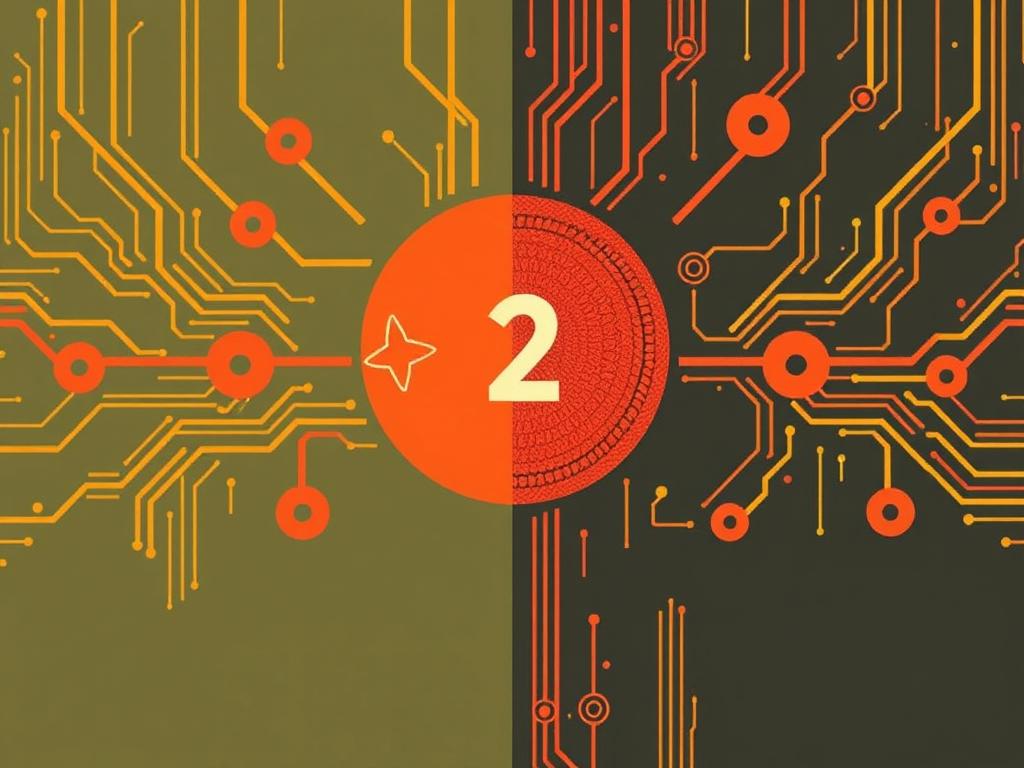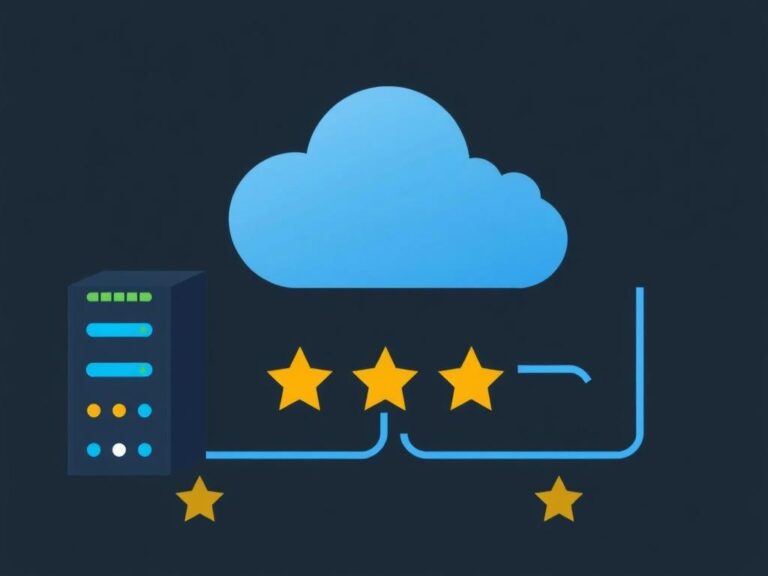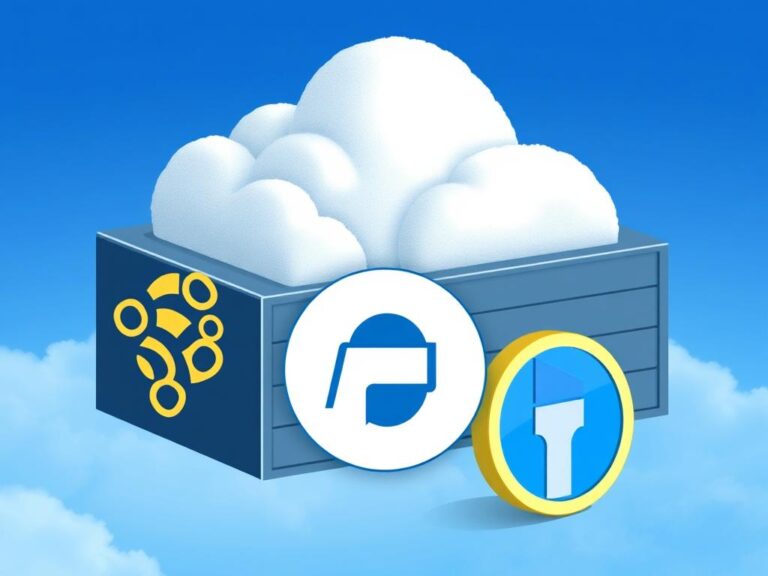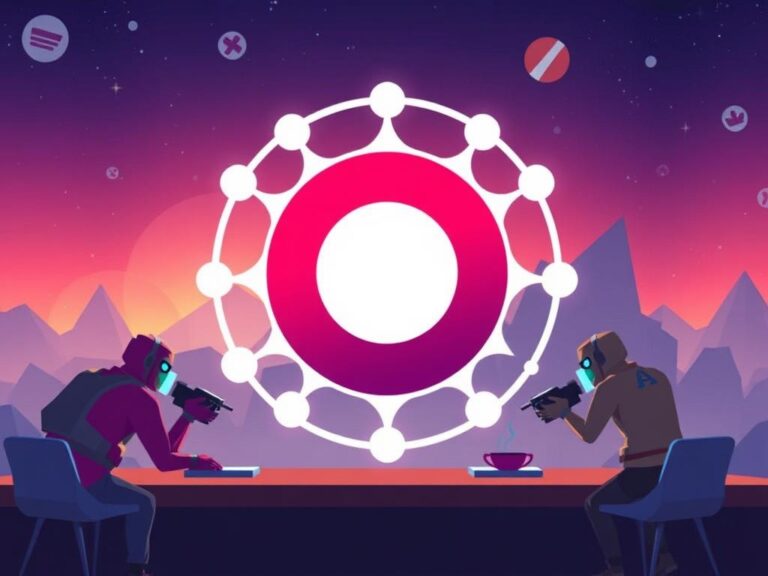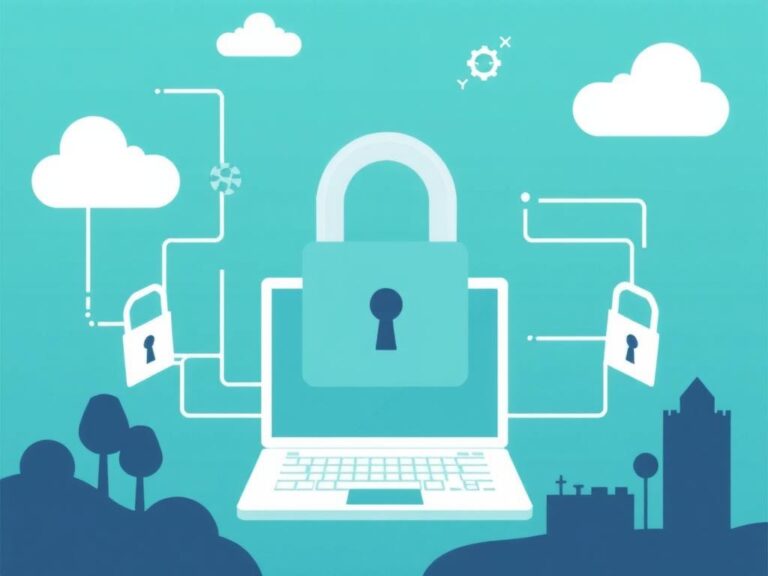The Role of P2P in Censorship Resistance: How Peer-to-Peer Networks Empower Free Expression
Understanding Censorship and Its Modern Challenges
Censorship has been a part of human society for centuries, often used by governments, corporations, or other powerful entities to control the flow of information. In the digital age, censorship takes on new forms, from blocking websites to filtering social media content. The control of information online can stifle free expression, hinder access to knowledge, and limit the ability of people to communicate openly. As the internet has grown more centralized, with major platforms and servers hosting vast amounts of data, it has become easier for authorities to impose restrictions and monitor activity. This centralized control creates a vulnerability, making it simpler for censorship to occur on a broad scale.
The Emergence of Peer-to-Peer (P2P) Networks
In response to these challenges, peer-to-peer (P2P) technology has played a transformative role in promoting censorship resistance. Unlike traditional client-server models where information is stored and served from central points, P2P networks distribute data across multiple nodes operated by users themselves. This decentralization creates a resilient system where no single authority can easily control or block content. Each participant in a P2P network acts both as a client and a server, sharing resources without the need for intermediaries.
How P2P Encourages Decentralized Communication
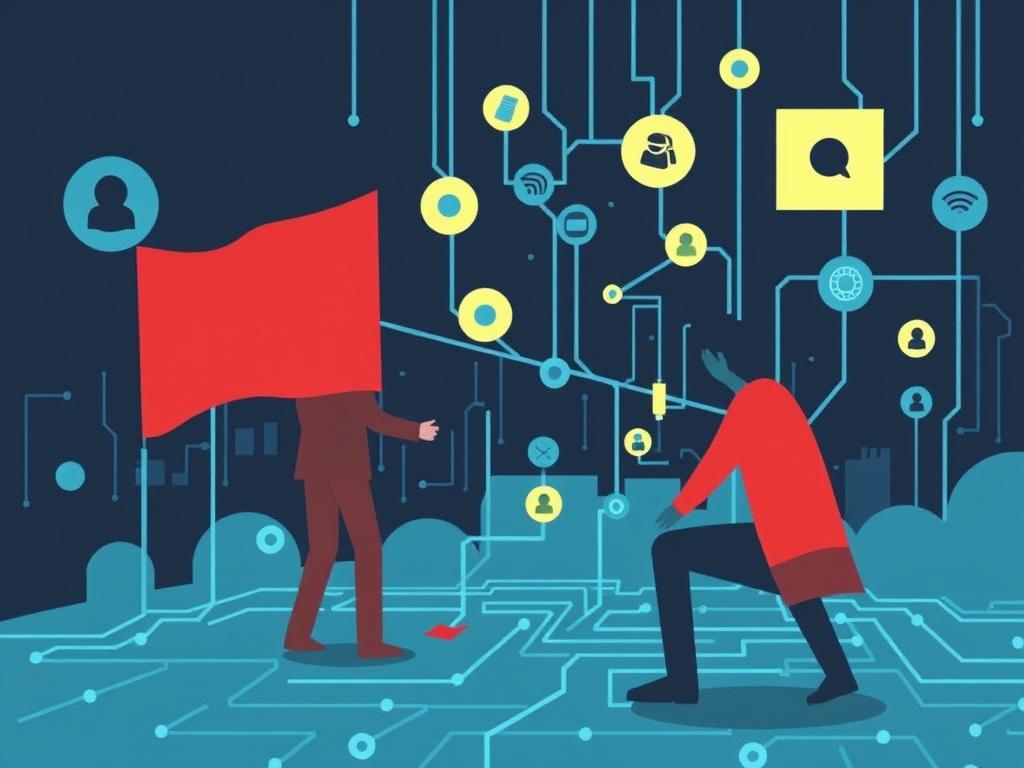
P2P networks enable direct exchanges between users, creating a more democratized communication environment. They avoid bottlenecks that centralized servers often represent. For instance, in P2P file sharing, if one node goes offline or is blocked, others can continue to serve the same data, making it much harder for censors to effectively shut down access. Applications like decentralized messaging, distributed file storage, and blockchain technology leverage these principles to maintain access even under restrictive regimes.
Key Features of P2P That Enhance Censorship Resistance
The success of P2P networks in resisting censorship is rooted in several fundamental characteristics:
- Decentralization: Removing central points of failure or control.
- Redundancy: Replicating data across many nodes ensures availability.
- Encryption: Securing communication between peers protects privacy and hinders surveillance.
- Dynamic Routing: Traffic can be rerouted through multiple paths to bypass blocks.
These features combine to make P2P a powerful tool against censorship attempts, whether by authoritarian governments or restrictive corporate policies.
A Comparison of Centralized vs. P2P Networks
| Feature | Centralized Networks | P2P Networks |
|---|---|---|
| Control | Single point of control | Distributed among users |
| Failure Risk | High, single point of failure | Low, multiple redundant nodes |
| Censorship | Easier to impose | Harder to enforce |
| Privacy | Often limited, monitored by central authority | Better privacy, encrypted communication |
| Accessibility | Dependent on central server uptime | Continued access despite node shutdown |
Popular P2P Platforms and Their Impact on Censorship Resistance
Several real-world applications demonstrate how P2P technology supports freedom of information. BitTorrent, one of the earliest and most well-known P2P protocols, allows users to share files globally without relying on a single server. This made it difficult for authorities to target specific content since files are split into pieces spread across many devices.
Similarly, decentralized social networks such as Mastodon run on federated servers but incorporate P2P principles. These networks allow communities to operate independently, preventing a single entity from controlling or censoring user posts across the network. Blockchain-based platforms also use P2P structures to provide censorship-resistant content publishing and storage, with projects like IPFS (InterPlanetary File System) enabling distributed file storage that is impervious to traditional censorship methods.
Examples of P2P in Censorship Resistance
- BitTorrent: Enables sharing of large data without central authority.
- Tor Network: Uses P2P relays for anonymous and censorship-resistant browsing.
- IPFS: Focuses on content-addressed, distributed storage to fight censorship.
- Matrix Protocol: Provides decentralized messaging with end-to-end encryption.
Challenges and Limitations of P2P Networks
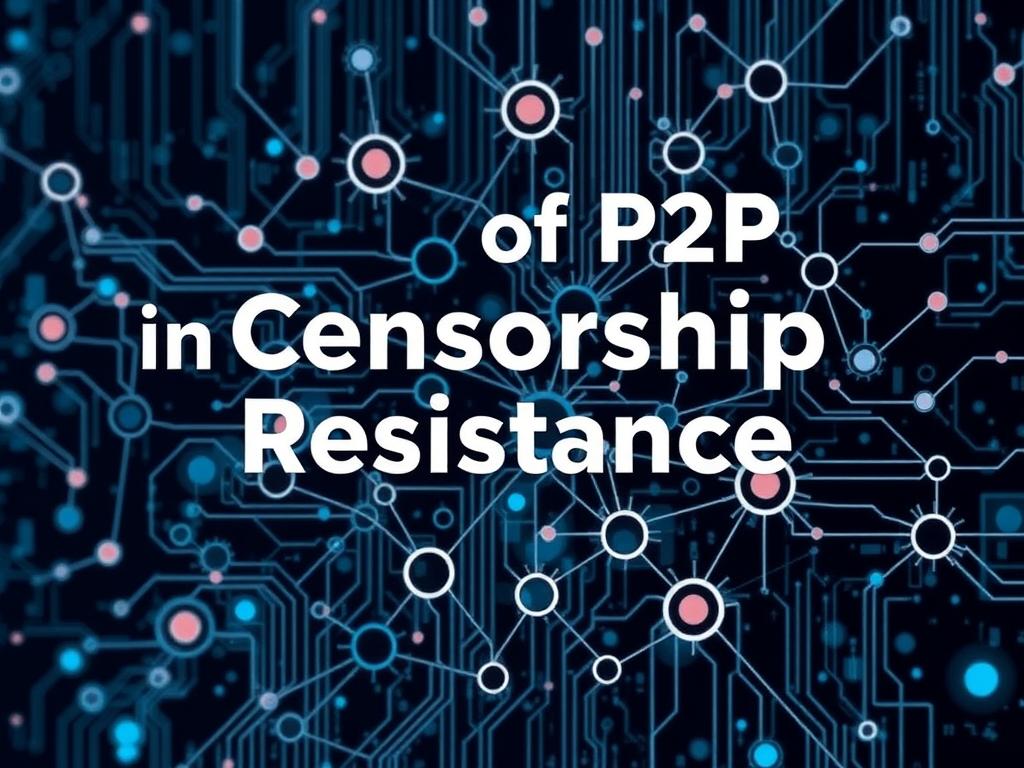
Although P2P networks significantly improve censorship resistance, they are not without challenges. The distributed nature can lead to slower data transfers compared to centralized servers, especially when peer numbers are low. Furthermore, because data is replicated across many nodes, users might worry about privacy and data security if encryption is poorly implemented.
Additionally, some governments employ advanced techniques like deep packet inspection and network throttling to partially disrupt P2P traffic. This cat-and-mouse game pushes developers to innovate continuously to maintain accessible and reliable censorship-resistant networks.
Overcoming Obstacles to Enhance Censorship Resistance
To address these challenges, developers have adopted several strategies:
- Strong encryption protocols to protect data and user identity.
- Obfuscation techniques to disguise P2P traffic and avoid detection.
- Incentive models to encourage node participation and increase network resilience.
- Hybrid architectures blending P2P with some centralized aspects for balance between speed and censorship resistance.
The Future of P2P and Free Expression
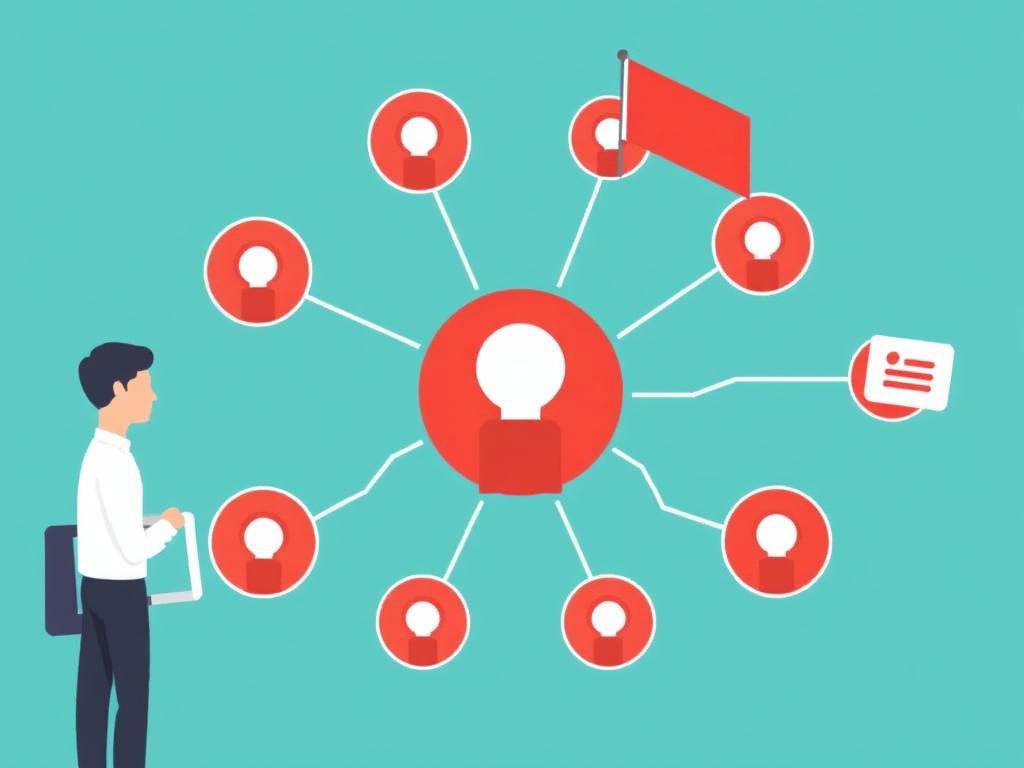
Looking ahead, the role of P2P in censorship resistance will only grow more important. As internet censorship techniques become more sophisticated, the demand for technologies that empower users to communicate freely will intensify. The rise of decentralized finance, social platforms, and encrypted communications all point toward a more distributed internet infrastructure where censorship can be challenged effectively.
Networks powered by P2P technology will facilitate not only free access to information but also increased privacy and security. They enable individuals to reclaim control over their digital lives and break free from monopolized information ecosystems.
Conclusion
Peer-to-peer networks represent a vital evolution in the fight against censorship. By distributing control, increasing redundancy, and enhancing privacy, P2P technologies empower people to share information openly and resist suppression. While challenges remain, ongoing innovations and community support continue to strengthen these networks, promising a more free and accessible internet for all. As the world grapples with ever-tightening information controls, P2P stands as a beacon of hope, championing the unrestricted flow of ideas and safeguarding free expression in the digital age.
